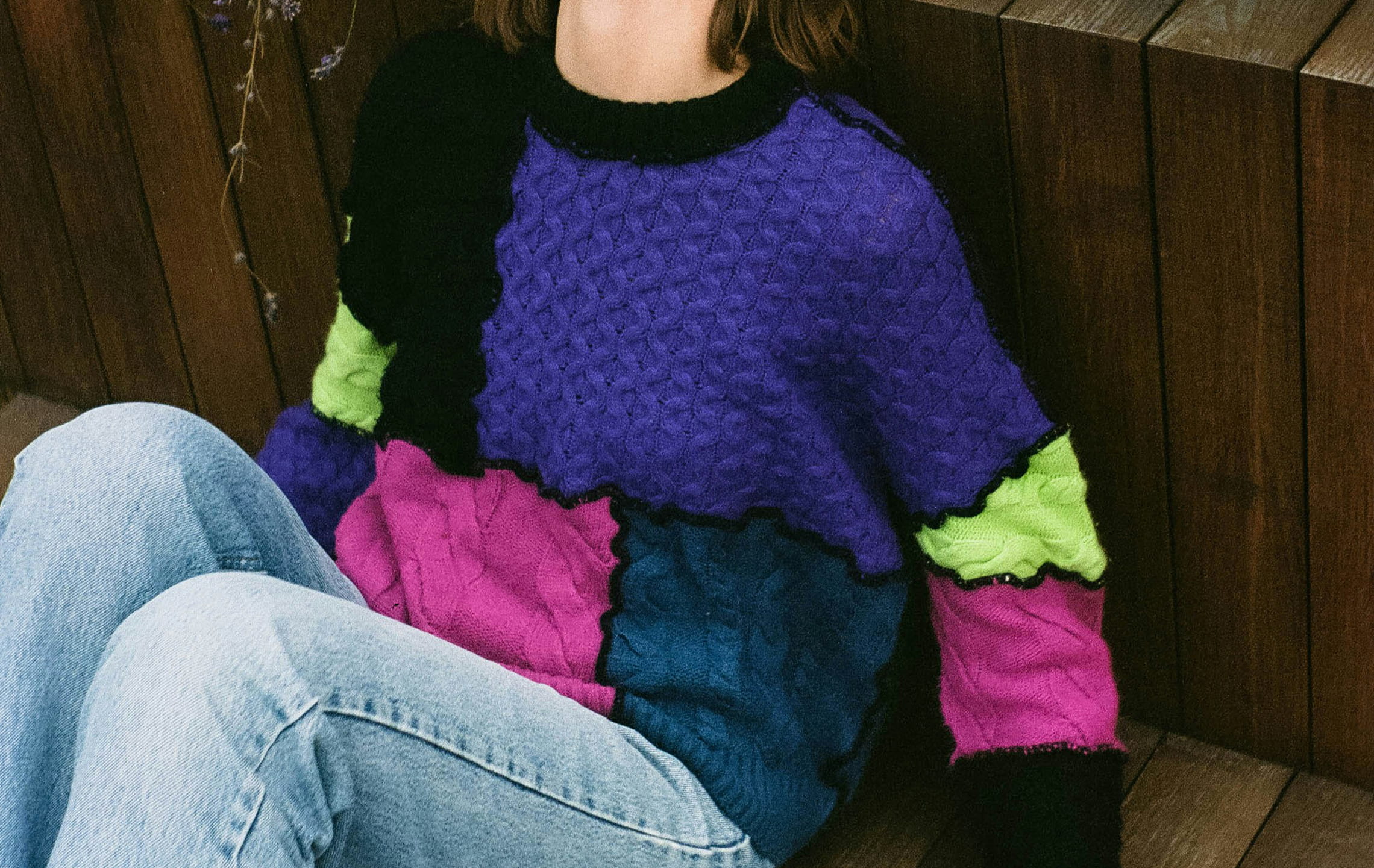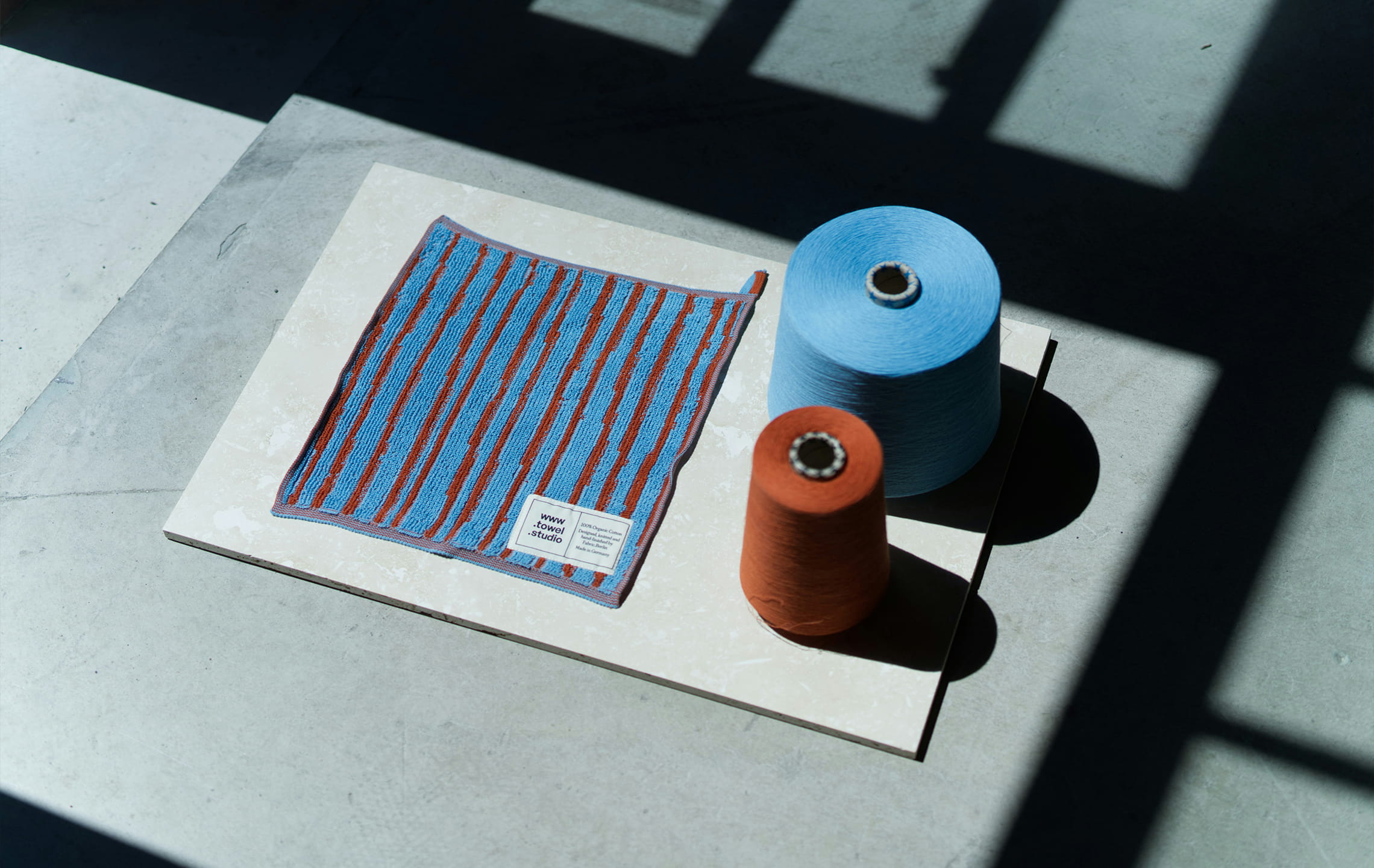Proceso de producción de prendas de punto

Knitting is considered to be the second most frequently used method of fabric construction, after weaving. In this process yarns are interloped to make thick yet flexible and elastic fabric. It is one of the several ways to turn thread or yarn into cloth. It is similar to crochet in the sense that it consists of loops pulled through other loops. In other words, knitting is the process of construction of a fabric made of interlocking loops of yarn by means of needles. The loops may be either loosely or closely constructed, according to the purpose of the fabric.
The loops or stitches are interlocked using a needle which holds the existing loop and a new loop is formed in front of the old loop. The old loop is then brought over the new loop to form the knitted fabric. Knitting is different from weaving in the sense that a single piece of yarn can be used to create fabric. The knitted fabric consists of horizontal rows known as courses and vertical columns of loops known as Wales.
Production Flowchart of Knitting Section:
Sample fabric
↓
Design analysis
↓
Machine selection
↓
Setting the machine for the specific design
↓
Sample Knitting
↓
Sample approval
↓
Bulk Production
↓
Grey fabric inspection

Proceso de producción de prendas de punto:
1. Firstly, knitting manager gets a production shit from the merchandiser as accordance as consumer requirements then he informs or orders production officer about it.
2. Production officer informs technical in charge and knows about machine in which the production will be running.
3. Technical in charge calls for leader of mechanical fitter troops, they two take decision about machine for production considering machine condition, production capacity, maintenance complexity, etc.
4. Production officer with experienced mechanical fitter adjusts required stitch length and grey GSM for required final GSM.
5. Supervisor checks daily production regularity and make operator conscious about finishing tin due time.
6. Operators operate machine in high attention as if there were no faults in the fabrics. If he thinks or sure about any fabric fault, then he calls for the mechanical fitters in duty. Mechanical fitter then fixes it if he can or he informs technical in charge. Then he comes in spot.
7. After required production and final inspection in 4-point system, they sent in dyeing section.
Conclusion:
Knitting is fabric formation technique in which the yarn is bent into loops and those loops are interconnected to form fabric. Knitting can be defined in simple words as the interloping of yarn. The bending of yarn provides better stretchability, extensibility, comfort and shape retention properties. However they tend to be less durable than the woven fabric. The manufacturing process of knit fabric is easier than woven fabric. So cost of knit fabric manufacturing is cheaper than woven fabric.

 English
English Deutsch
Deutsch Français
Français Italiano
Italiano Español
Español Русский
Русский Polski
Polski Nederlands
Nederlands Svenska
Svenska

